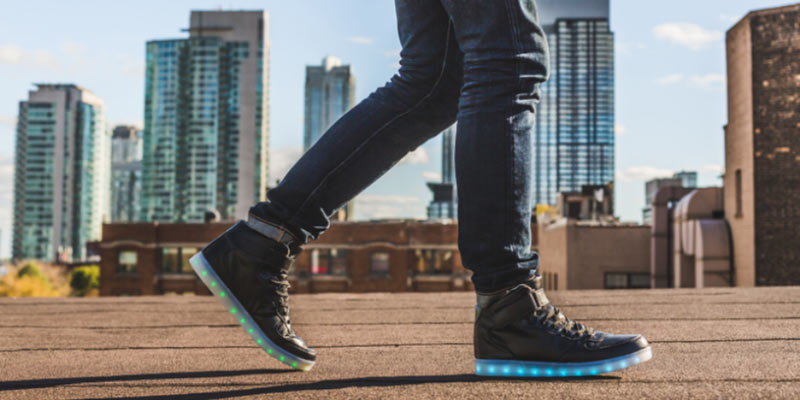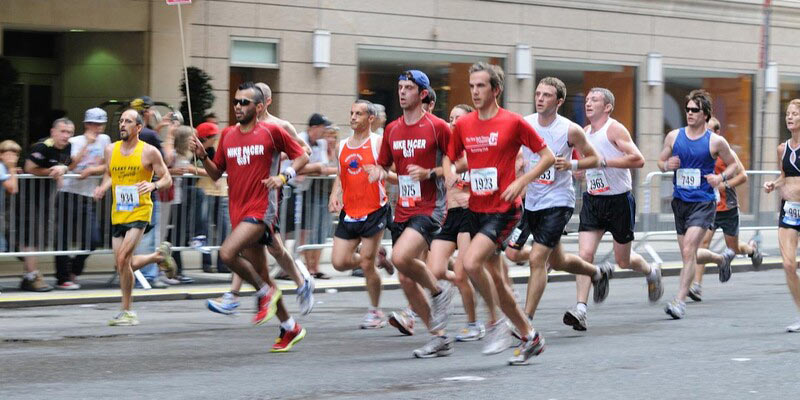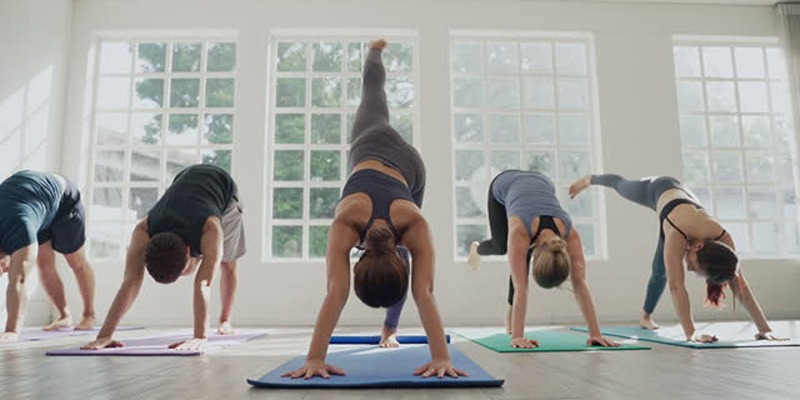Taking a trip outside the house may be a fantastic way to spice up the routine and decompress. Walking is fantastic since it's a low-impact exercise that practically anybody can perform on their own or with a large group of people. It also doesn't require a gym membership, expensive equipment, or a lot of additional time.
All you need to get started on enhancing your general health and well-being is an appropriate pair of walking shoes. Walking is man's finest medicine, according to Hippocrates, the father of contemporary medicine. There is no pharmaceutical that can affect our overall health like a regular walk, even in this day and age when there are innumerable meds and drugs accessible for every illness. It has been demonstrated that even 20 minutes a day of walking can enhance health.
A Brisk Walk: What Is It?

Your walk must be at least twenty minutes per mile (3 mph) in order to qualify as brisk. More specifically, your heart rate should be between 50 and 70% of your maximal heart rate, which is known as the moderate intensity zone. Using a target pace chart, determine what pulse rate corresponds to this zone for you. After a short period of brisk walking, check your pulse to determine if you are in the moderate-intensity zone.
Even though you should be breathing more heavily than normal, you ought to continue to able to talk in whole words. If you're not used to walking faster, it could take some effort to get within the brisk walking zone. The following might be the reason you are experiencing problems entering the brisk walking zone:
Not moving quickly enough: Pick up the pace by using these walking speed recommendations.
- You might not be able to get to the moderate effort zone at a walking speed. If you're working out outside, you might need to choose an excursion with hills and steps or increase the inclination on your treadmill. It could be time to move on to running if it still doesn't work.
- Not able to jog or walk quickly? Nordic walking or fitness walking poles might increase your heart rate more slowly.
- Your feet cannot move effectively for a forceful walking stride in stiff shoes or fragile trainers. Visit the top running shoe shops in your neighborhood to get fitted for sports shoes that are flexible and flat. When looking for walking shoes designed for flat feet, look for shoes with a large toe box and a firm arch or midsole.
- Walking clothes should be sweat-wicking and allow for maximum mobility. Dress clothes or jeans are frequently overly tight, and don't let your legs move quickly enough.
Benefits of 20-Minute Brisk Walking Workout Daily

Here are five motivations to put on your comfy shoes and take a stroll toward improved health:
1. Keep your Heart Safe
To be healthy and robust, our heart has to be strengthened by regular exercise, just like the other muscles in our body. Fortunately, even the most basic physical activity may have a significant impact: walking. Some people might think that in order for anything to be useful, you have to use a treadmill or walk for a minimum of an hour.
However, if you don't routinely exercise or have a hectic schedule, this could seem unattainable. The good news is that anybody can benefit from exercise's heart-protecting properties; you don't have to be a professional athlete or marathon runner.
2. Get Lean
When paired with a nutritious diet, regular brisk walking is incredibly beneficial for controlling and losing weight. Visceral fat, commonly referred to as belly as well as abdominal fat, is particularly harmful to our health and can be reduced by walking. You may easily fit more steps into your daily routine if you don't have time to go for a stroll.
Wearing a movement tracker is a great method to monitor your development and maintain motivation. For the first few days, carry on with your regular activities as usual to create a baseline. You may then make tiny targets to increase the number of steps you take each day. You might be surprised at how much these little adjustments can pile up in no time.
3. Retain your Memories Clear
Going for a vigorous walk is one of the finest ways to maintain mental fitness. According to research in the Journal of the National Academy of Sciences, walking on a daily basis can help to grow the hippocampus, a region of the brain that is important for memory.
It is well known that as we become older—typically between the ages of 55 or 60—our hippocampi start to shrink. Brain scans conducted during the study's first year of exercising three times a week revealed that the walking group's hippocampal size had expanded by around two percent, a considerable increase that delayed the aging process by anywhere from one to two years.
4. Elevate your Disposition
Exercise contributes to the release of endorphins, which elevate your mood and cause a happy sensation throughout your body. Exercise reduces tension and anxiety, and studies have even shown that it can relieve mild depression just as well as psychotherapy. According to California State University research, people's spirits improved with each step they walked during the day. Happiness and ecstasy are brought on by the release of endorphins.
5. Get Better Sleep
Walking is a form of exercise that increases the effects of melatonin and other naturally occurring sleep chemicals, which helps you fall asleep and stay asleep longer. A study was done by experts at Harvard University School of Medicine to find out how exercise affects sleep. It was shown that those who exercised moderately for almost one hour every other day slept up to an hour longer and went to sleep 50% faster.
The Bottom Line!
It may be difficult to carve out time for a vigorous walk, but doing so will lower your risk of illness. You will be enjoying the required amount of exercise for a longer and healthier life whether you walk outside or utilize a treadmill.




